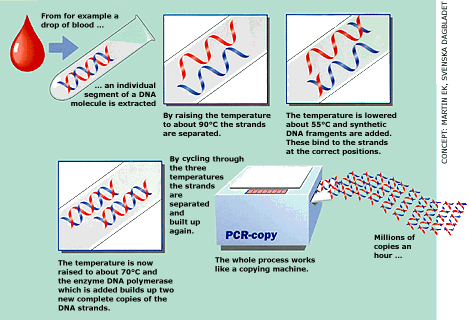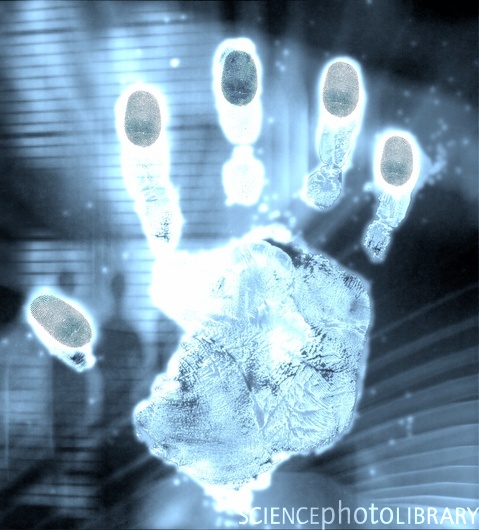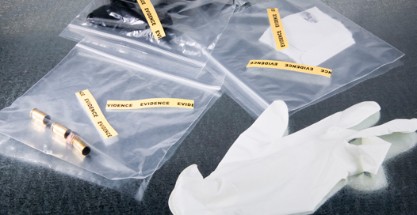BackgroundPrior to Sir Henry’s classification discovery, in 1837 Scotland Yard’s Henry Goddard became the first person “to use physical analysis to connect a bullet to a murder weapon”. The precision of matching the two became more accurate in the 1920s, when Calvin Goddard used a microscope to look closely at the shell casings.  To help distinguish DNA, there is a process known as PCR. "PCR, or polymerase chain reaction, is a biochemical technique that can generate millions of copies of a template strand of DNA. The technique relies on the same enzymes that cells use to replicate DNA, however it is performed in a simple test tube using controlled cycles of heating and cooling. PCR has revolutionized the field of biotechnology, making it quick and inexpensive to replicate, or amplify, specific segments of DNA".  |
Forensics have been around for thousands of years. In the year 1896, Sir Edward Henry founded the first organization for classifying fingerprints. While classifying, he looked at the direction, flow, pattern and other characteristic in fingerprints; this became known as the Henry Classification System, which is now used internationally when fingerprinting.  Forensics had flourished during the 20th century. New techniques were discovered to help law enforcement analyze evidence at a crime scene. Also, forensic scientists had new “high-tech tools at their disposal for analyzing evidence from polymerase chain reaction (PCR) for DNA analysis, to digital fingerprinting techniques with computer search capabilities”. In 1985, DNA fingerprinting, also known as profiling, was founded by an English geneticist, Dr. Alec Jeffreys. He noticed that certain areas of “DNA contained DNA sequences that were repeated over and over again next to each other".Furthermore, he “created the ability to perform human identity tests”.  |
|